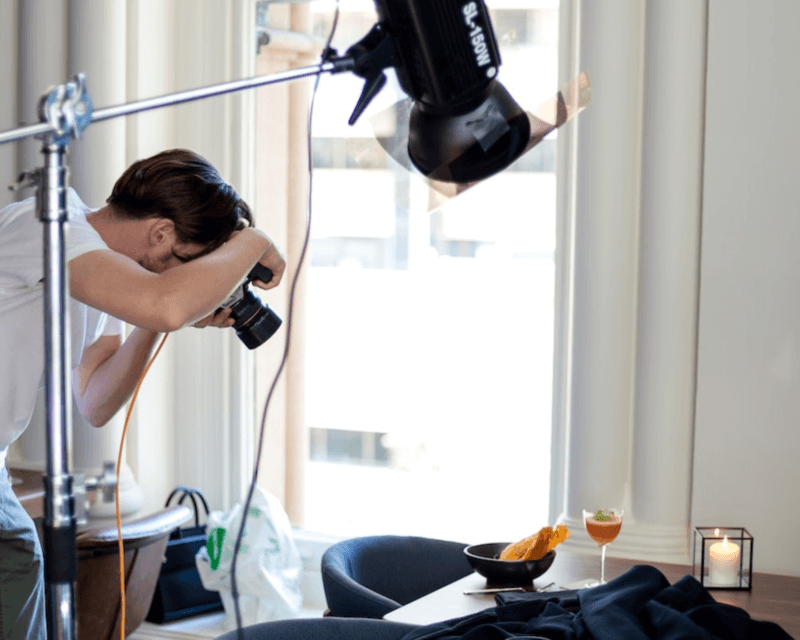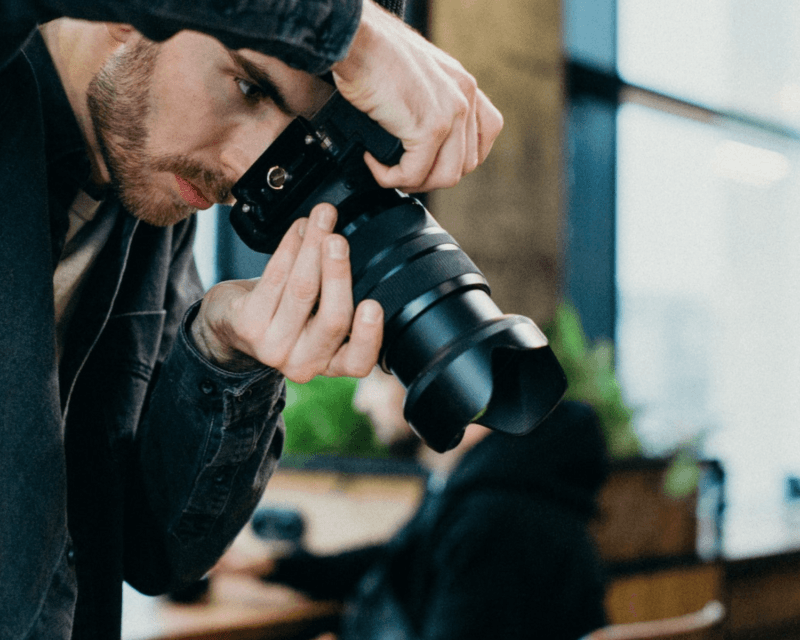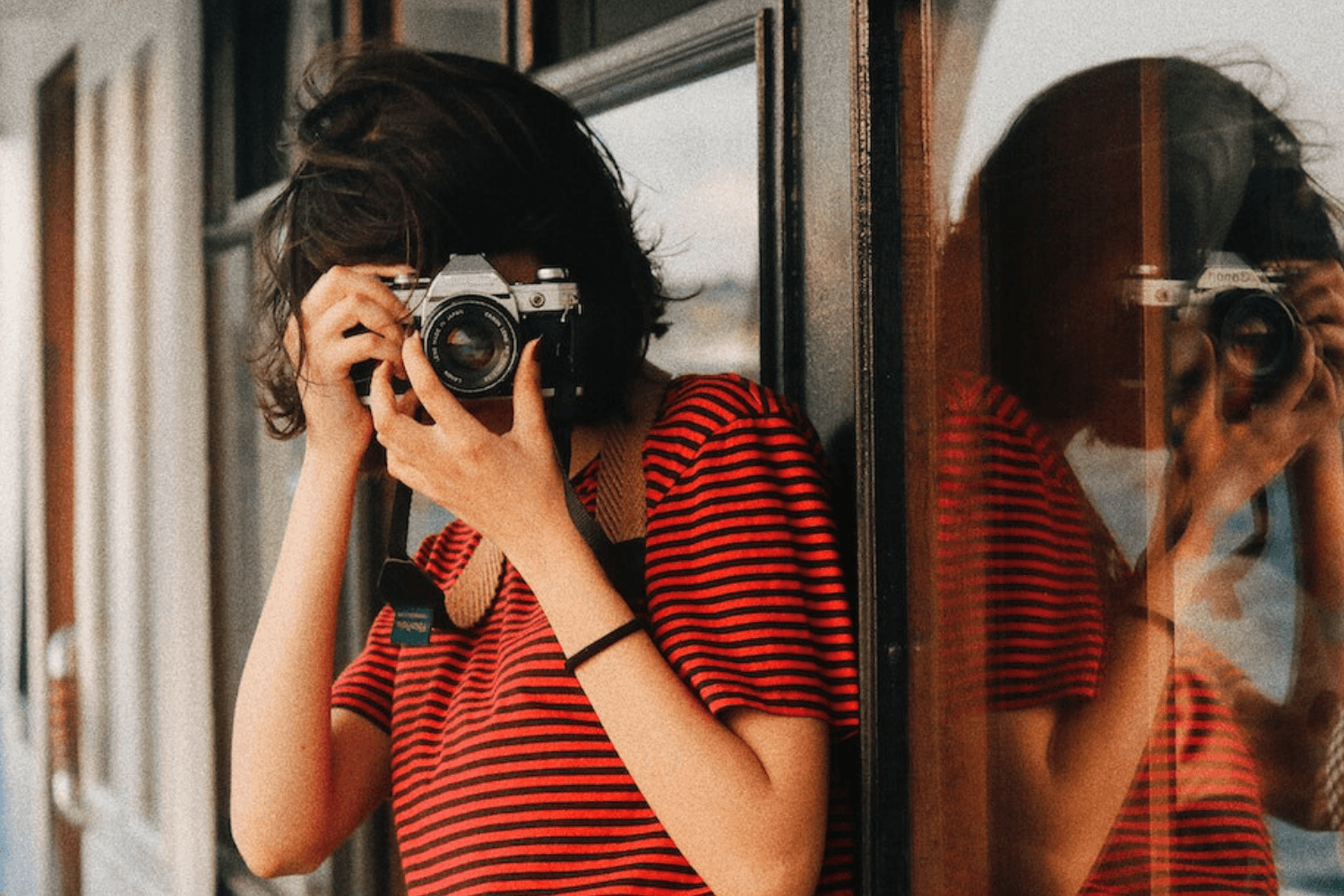Kittiya Pawloski's Controversial Snow Leopard: Is it Fake and Does it Matter?
Yvan Cohen
Fri Jan 13 2023

By Yvan Cohen
Twenty-four-year-old photographer Kittiya Pawloski is an internet sensation, although perhaps not in the way she might have hoped.
Her composite image of a snow leopard catapulted Kittiya into the limelight, putting her at the center of a controversy that has polarized the world of photography.
Was she wrong to have presented her image of a snow leopard in a stunning landscape that bore no relation to what she actually saw through her viewfinder? Or, as Kittiya defiantly maintains, should photographers be able to manipulate their work “any way he/she wants without everyone going berserk.” Kittiya’s position is made clear in an article on her website “I am not a theif”.
Digital image manipulation
In an age where all it takes are a few clicks (and very little skill) to add, remove, merge and transform elements in a digital image, it’s a question that goes right to the heart of what photography means, where its value lies and what its purpose is.
Where once celluloid could be said to have imposed a degree of permanence and structure on photography, digital imagery implies freedom.
Where the celluloid image felt like a beginning and end in itself, the digital image suggests fluidity and unlimited visual horizons. The creation of a digital image can be just the beginning of a creative process.
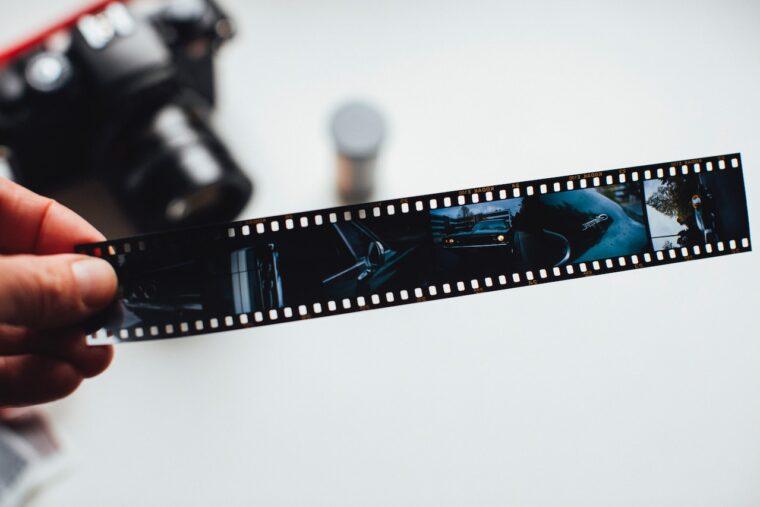 Photo by Markus Spiske
Photo by Markus Spiske
Is image manipulation a problem?
On the one hand, Kittiya is surely right; she should be free to do whatever she likes with her images. After all, why not explore the potential of the medium?
The problem in this instance, however, was that Kittiya’s stunning snow leopard images were distributed without any explanatory notes or disclaimers. It would have been a rare feat to have captured a snow leopard in such a dramatic location – it is assuredly less of an accomplishment to have just stitched a few images together to turn a mediocre picture into something stunning-looking.
The fine line between representation and reality
The resulting image of a snow leopard on a mountain ridge is undeniably beautiful but it is not the truth. It is not ‘fake’, as many have labelled it, but it’s not real either.
Herein lies photography’s essential conundrum, just as Magritte reminded us that his perfect representation of a pipe is not actually a pipe (Ceci n’est pas une pipe) but simply a picture of one, so photography’s innate realism wants us to believe that what we see in a picture is real, when of course we are just seeing an edited (selected, cropped and composed) representation of reality.
In the pre-digital age, there was an unspoken pact between the photographer and his medium which lent veracity and credibility to the photographic image.
Celebrated French photojournalist, Henri Cartier-Bresson coined the phrase ‘the decisive moment’ to describe the instant a photographer captures a moment in reality. There was a definite sense that photographers could show us the world as it is, and not solely as they might like to imagine it (which is not to deny the artistic license of great photojournalists).
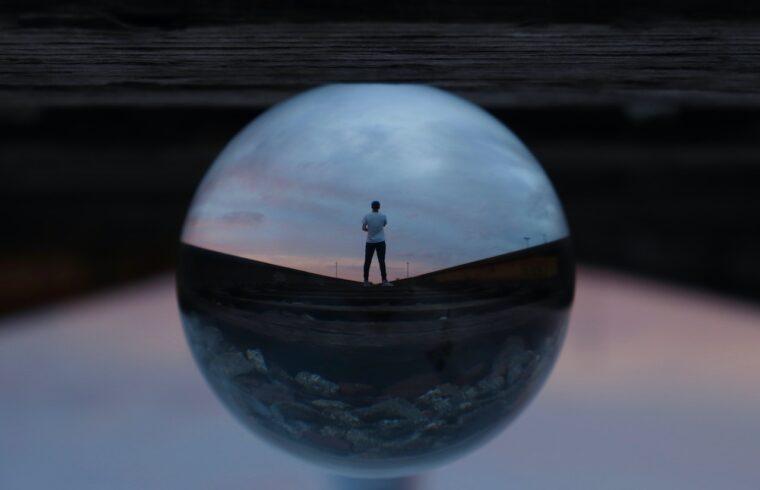 Photo by Jeremy Perkins
Photo by Jeremy Perkins
Why ethics in photography are important
Which brings us back to the Snow leopard digitally stitched into a mountain landscape that has been completely re-arranged for effect – a landscape that doesn’t, and never will, exist.
The snow leopard is real enough but the viewer, on discovering the process of manipulation, feels cheated. What was perceived as a representation of reality is now pure representation. It is now purely art and not artfully composed information. It looks real, just like Magritte’s famous painting of a pipe, but the decisive moment is nowhere to be seen.
If Kittiya’s snow leopard picture should be decried for the author’s lack of honesty, the controversy it has sparked is a useful reminder that photographers must abide by ethical standards which require them to say if a photograph is a truthful representation of what passed in front of their lens at a given moment in time. Or if it is a work of art where the digital image is merely the product of a creative process that is only about the image, and therefore not an attempt to represent the truth (reality). There’s a reason why commercial and editorial photography are different, and have different ethical standard to abide by.
The impact on the field of photography
With each betrayal of faith, like Kittiya Pawloski’s controversial snow leopard images, photography’s dwindling capital of credibility is further eroded. With the availability of apps that can smooth our skin and remove elements from an image with a few taps of our fingers, the public’s understanding of the photograph as a representation of the world around us is inevitably changing.
If photography is to preserve the vestiges of its status as a purveyor of truth, as a faithful recorder of reality, then it is down to photographers themselves to hold the ethical line. There is nothing wrong with exploring the creative potential of digital technology to create stunning and imaginative images, but there is everything wrong with attempts to use that same technology to represent the world, and one’s own talent, as it is not.
Further reading on Kittiya Pawloski’s controversial snow leopard
If you’d like to read more about the validity of the images here are a a couple of articles which go into more detail:
Photographer Admits That Viral Snow Leopard ‘Photos’ Are Fake
The Fake Snow Leopard: Photomontage Spread Around the World
Written by Yvan Cohen | Yvan has been a photojournalist for over 30 years. He’s a co-founder of LightRocket and continues to shoot photo and video projects around South East Asia.
Cover image by Luca Sammarco
To read more helpful articles on photography, check out our blog page.
Join our growing photographer community at LightRocket and get powerful archive management and website building tools for free!
